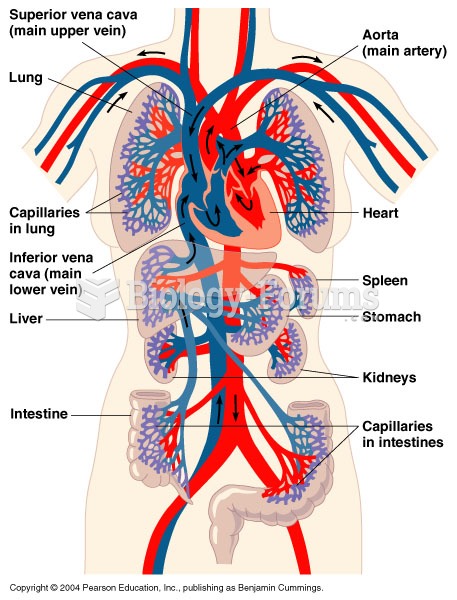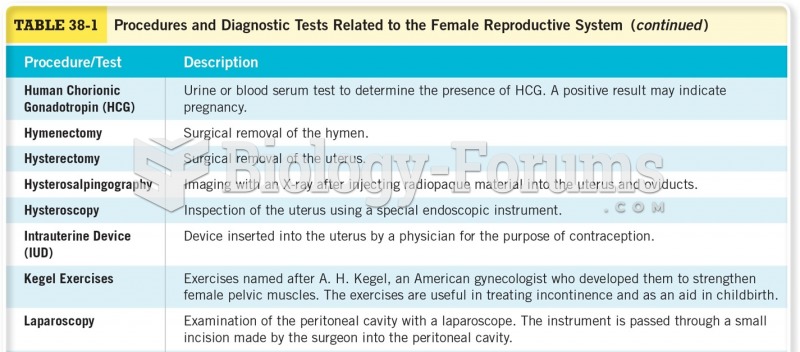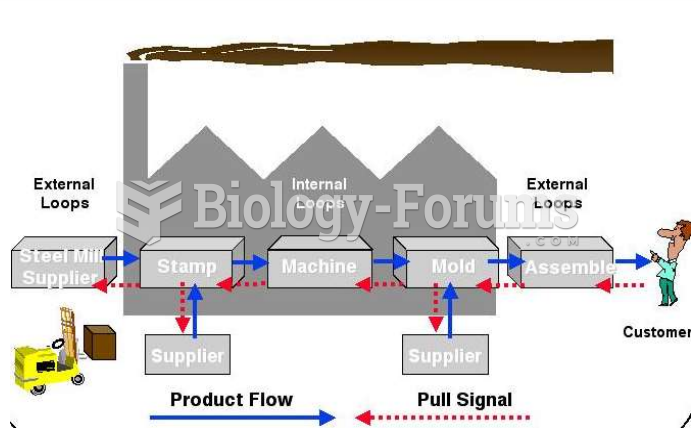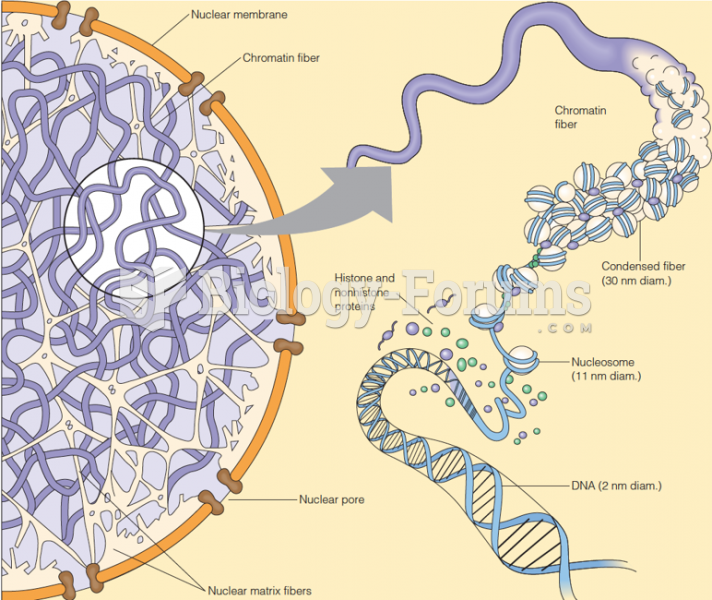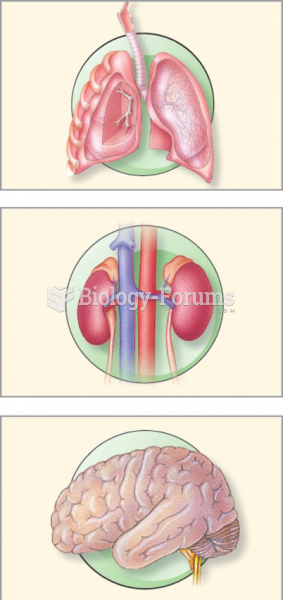Answer to Question 1
o courts (courts of limited jurisdiction), trial courts of general jurisdiction, appellate
courts, and the state's highest court.
Courts of limited jurisdiction usually handle cases involving minor criminal matters like traffic violations, prostitution, and drunk and disorderly conduct.
o They can also be responsible for the preliminary stages of felony cases including
arraignments, bail hearings, and preliminary hearings.
States also have trial courts of general jurisdiction, which are usually called
o county courts, district courts, or circuit courts.
They have the authority to hear and decide cases involving many types of
o subject matter, including criminal trials.
Every state has at least one court of appeals. Many states have separate
o intermediate courts of appeals. A majority of cases decided by these courts go no further.
The state supreme court is the court of final resort in a state. The decisions
o made here are final unless there is an issue of federal law or constitutional procedure in which case the federal courts can get involved.
Answer to Question 2
The system of federalism lends itself to create a federal court system along with
o each state having its own court system.
o These courts are interrelated.
Federal and state courts have both limited jurisdiction in that federal courts
o preside over cases involving violations of federal law and state courts preside over cases involving state law.
Sometimes there is concurrent jurisdiction, which occurs when two different court systems have simultaneous jurisdiction over the same case. The federal
o and state officials will decide which of the two is best equipped to handle the
case.


